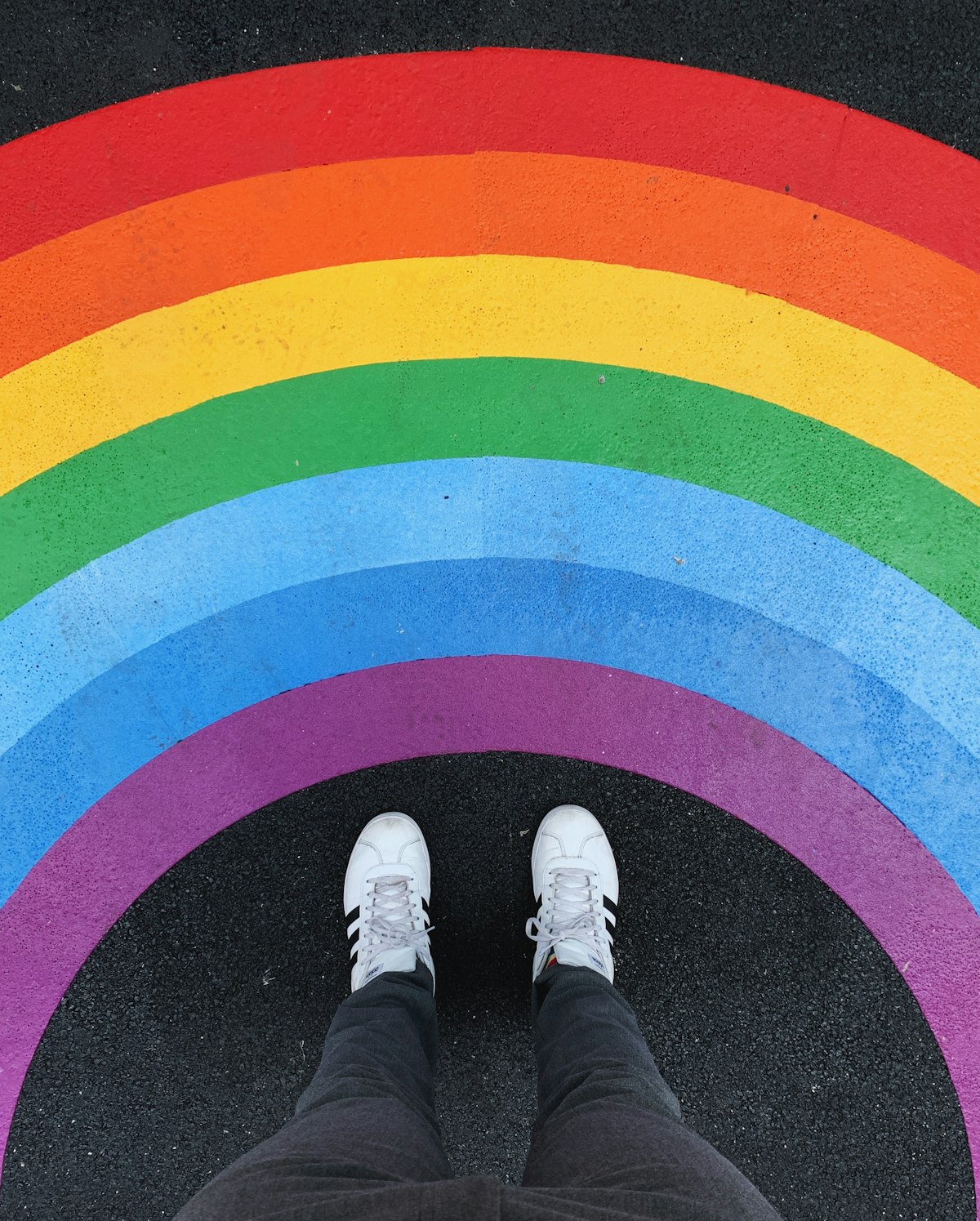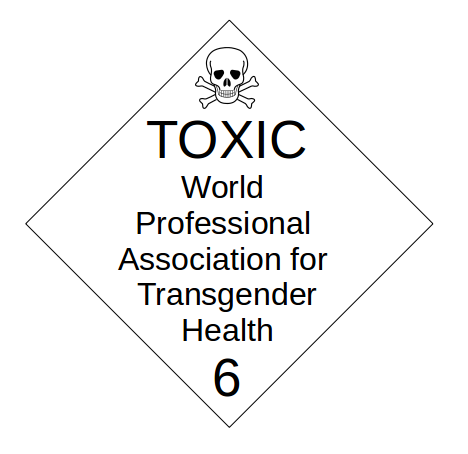Lesbian and bisexual women's experiences and attitudes towards Pride Month in 2023

About two weeks ago, in mid-July, Estudios Sobre la Experiencia Lésbica published their second study. This one was about lesbian and bisexual women's experiences and attitudes towards Pride in 2023.
Their study aimed to be inclusive of lesbians with very different perspectives, including those who were radical feminist, queer and apolitical. It included lesbians as a point of comparison because there is so little actual research that has been done specifically related to lesbians about Pride that there is no real ability to draw comparisons to other studies or other members of the LGTB collective. They ended up with 313 women from 29 different countries participating in the study, ranging in age from 16 to 78, representing lesbians and bisexuals from rural areas, small towns, the suburbs and the cities.
The authors published their key findings, which can be found in the image below. (Alt text provided.)

Delving into the study itself, there were a number of interesting points not mentioned in their executive summary or key findings. One of the major ones is that while lesbian and bisexual women responded in questions in ways that made LGBTQIA+ synonymous with transgender, these women did not make the same connections between "gender critical" feminism, radical or abolitionist feminism, and women's sex based rights. The authors' findings suggest about a quarter of the LB women community see these terms as synonymous.
Another point of interest, and one that is supported by the findings of the Cotton Ceiling survey which sampled a much different population, is that most lesbians and bisexual women do not have a gender identity. That is, lesbians and bisexual women who are biological women do not identify or label themselves as "cis" women. That the authors replicated this in a second study with a different audience feels important, especially given the broader lack of research, specifically research inclusive of queer friendly lesbians and lesbians with other feminist philosophies, being done aimed at the lesbian community around their identities.
The review of research highlights that most of the existing research around lesbians and LGBTQIA+ tourism says lesbians, and women who belong to the collective more generally, are different than men. Lesbians tourism and travel activities tend to be focused around spending time with partners, with their children, with friends and with family. This stands in contrast to gay men who do LGBTQIA+ tourism looking for other members of the collective, and looking for potential sexual partners. The findings of the "Lesbian and bisexual women’s activities and attitudes towards Pride in 2023" support that existing body of research.
There are three tables that show this phenomenon rather well. The first looked at travels plans to attend Pride and travel plans to avoid Pride. Women were not, on the whole, travelling to attend Pride. In quotes provided to explain why, male sexuality on display at Pride was mentioned a number of times. More women planned to travel to avoid Pride activities, with some quotes indicating a lack of need to travel as Pride activities were not taking place near them.

A second table that demonstrated this was planned participation in Pride marches based on locality, sexual orientation and gender identity. For lesbians and women without a gender identity, location played a key role in the decision to attend Pride. Those in cities were much more likely to attend Pride, while those in other locations were not. Women in those other types of locations often would have had to travel to attend these events and they were not willing to do so.

The next two tables that demonstrate this spending by sexual orientation and country. Even accounting for some lesbians and bisexual women planning to spend money in support of female specific businesses and artists, lesbians and bisexual women were spending very little money on Pride in 2023.


Some of the differences between lesbian and bisexual women in this study were very pronounced. One example is bisexual women were more likely to buy Pride merchandise because of the aesthetics related to it, while lesbians had a greater diversity in reasons for buying Pride merchandise.
There were also a number of key findings that should be considered by Pride organizers and LGBTQIA+ activists seeking to be inclusive of lesbians and bisexual women. One quote related to this says, "There is a large enough percentage of women who are traveling to avoid Pride because of fears of violence or not wanting to be exposed to certain elements prevalent at Pride that this may offer an opportunity for some places to offer counter programming or holiday type travel packages for these women, especially if they can do so while tying in a community type aspect; despite a desire to not be part of the community represented by Pride, a number of respondents indicated in this and the question about Pride in general the desire to feel part of a community but not the broad LGTB community."
In relation to activism, "When women could not or would not be involved with activism during Pride month, they primarily cited fear of the consequences of being an activist as their reason why. This included fear of violence and fear of losing their job." LGBTQIA+ activists and Pride organizers need to work hard to alleviate fears of potential violence within their community aimed at other members of their community.
Social media usage related to Pride also created fears. "Fear of in person consequences diminished some participation in discussing Pride on social media but not for most women. [...] The level of risk assessment though meant some women only felt comfortable talking about Pride in general, especially in parts of Europe." Pride organizers and LGBTQIA+ activists need to create an environment where lesbians can be visible on social media without fear of other members of the community.
The last section that potentially should be of interest to Pride organizers and LGBTQIA+ activists relates to LB women wanting to know more about the history of Pride and the history of LB women. "One of the key takeaways from these questions is that there appear to be three large sections inside the LB women community when it comes to history. One section is always interested in the topic of lesbian and bisexual history, and its intersections with other groups from a lesbian perspective. This group craves this type of information year-round, not just at or because of Pride. A second set of LB women want this information to be able be better activists, to be able to better educate others and to be able to counter misinformation being spread by transgender rights activists. The third group is largely disconnected from history, because they either lived it or learned the history already, or there is no community near them for such knowledge to feel meaningful or because they do not want to be connected to a movement that appears to have erased them and to which they do not feel a part of." Activists and Pride organizers need to heed this, and correct historical information or not spread it to begin with. They should also take steps to make this history meaningful to members of the community, to connect it to the community and to engage in the sharing of such history on a year round basis.
Together, the two studies by Estudios Sobre la Experiencia Lésbica provide insights into the lives of lesbians. These lives are less visible, as they are often folded into the broader narrative of a queer community. The two studies show lesbians, and to a lesser degree bisexual women, are marginalized inside the queer community, are not supported by the queer community, and are intentionally made invisible by the community. Lesbians are at risk of violence from members of the community, be it physical violence at Pride, loss of employment because they are targeted by members of the queer community for their sexual orientation during Pride, or by sexual coercion from transwomen.
Enter your email below to sign in or become a 4W member and join the conversation.
(Already did this? Try refreshing the page!)



Comments